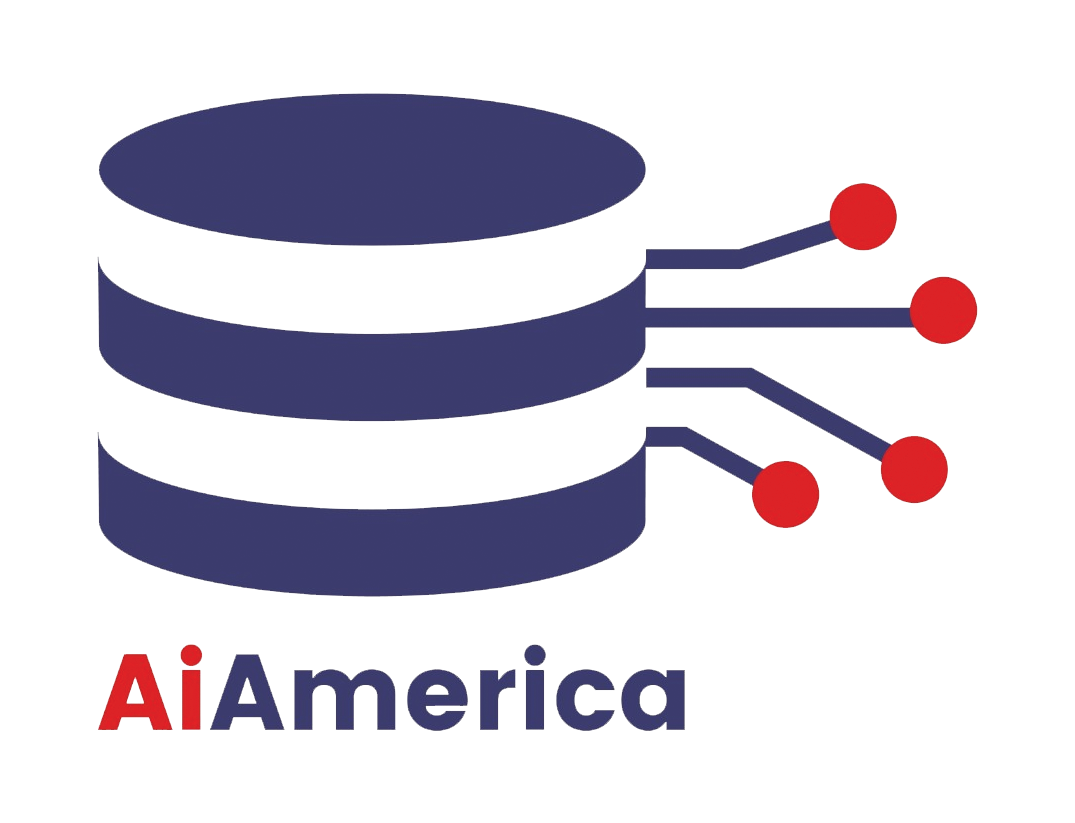
The journey of artificial intelligence has evolved remarkably, transitioning from early rule-based automation to today’s sophisticated agentic AI systems capable of true autonomy. This transformation reflects vast advances in computing power, machine learning techniques, and the integration of large language models (LLMs) fuels the rise of intelligent agents that operate independently, reason through complex problems, and continuously improve.
From Automation to Autonomy: Defining the Shift
Early Automation: Rule-Based and Reactive Systems
Traditional automation mostly focused on programmed scripts and rules that performed predefined tasks—such as robotic process automation (RPA) in back-office tasks or simple chatbots addressing specific customer questions. These systems could only work within narrowly defined boundaries, lacked adaptability, and required constant human oversight and manual updates when exceptions occurred.
Generative AI: Reactive But Limitations Persist
The advent of generative AI models such as GPT-3 and Claude empowered machines to handle free-form language generation but was fundamentally reactive. These systems generate responses based on input prompts but don’t autonomously initiate action, plan tasks, or maintain long-term objectives. While conversationally intelligent, they lacked the ability to persistently pursue goals or integrate multiple software tools independently.
Agentic AI: A Leap Into Autonomous Intelligence
Agentic AI represents a paradigm shift—moving beyond reactive responses into autonomous digital agents that can:
- Set and Pursue Goals: Agents define objectives aligned with human intent or business outcomes.
- Plan and Reason: They sequence multi-step workflows, allocate resources, and weigh possible outcomes.
- Execute Actions Across Systems: Using API integrations or tool use, agents operate across platforms without human micro-management.
- Adapt With Learning: Feedback loops and memory allow agents to optimize future decisions dynamically.
This evolution is revolutionizing enterprises, enabling scalable, proactive automation and decision-making across complex domains.
Enablers of the Evolution
Several technological breakthroughs have converged to enable this advancement in agentic AI:
- Large Language Models (LLMs): Capable of advanced natural language understanding, planning, and instruction-following, LLMs form the cognitive core of most modern agentic systems.
- Reinforcement Learning and Self-Supervised Learning: These techniques allow agents to learn from their actions and outcomes, refining behaviors dynamically without constant manual supervision.
- Multi-Modal Data Processing: Integration of text, images, sensor data, and voice inputs allows agents to understand complex environments holistically.
- Open-Sourced Frameworks and APIs: Tools like LangChain, AutoGen, and Microsoft’s Azure AI Foundry enable modular building of agentic AI across workflows and industries.
- Cloud and Edge Infrastructure: Powerful and scalable AI computation accessible anywhere accelerates deployment and real-time agent execution.
Real-World Illustrations of Agentic AI’s Evolution
- Customer Service: Earlier chatbots required fixed script flows or human handoffs. Today’s agentic AI autonomously processes complex customer requests end-to-end: verifying accounts, issuing refunds, and escalating only exceptional cases—simultaneously learning from interactions to improve contact quality.
- IT Operations: From scripted alerting to autonomous incident detection, diagnosis, and remediation—agentic AI is revolutionizing IT management by removing bottlenecks and speeding recovery times.
- Supply Chain: Vendors transitioned from static reorder points to adaptive, dynamic ordering systems coded with business rules. Now, agentic AI continuously monitors multiple variables (demand trends, climate, shipping delays), plans optimal restocking, and adjusts on the fly.
- Finance: Traditional algorithms focused on quantitative signals, while modern agentic AI integrates market news, social sentiment, and regulatory changes to autonomously rebalance investment portfolios or detect fraud in real time.
Implications for Business and Society
This transition opens up massive productivity gains and operational resilience but also brings considerations such as:
- Job transformation: Moving human roles from routine execution towards oversight and decision supervision.
- Regulatory and ethical questions: Including responsibility, transparency, and trustworthiness of autonomous agents.
- Security: Necessity for robust control to avoid unintended actions or malicious exploitation.
Looking Ahead
Agentic AI’s story is still unfolding. The future holds promises of:
- Greater multi-agent ecosystems: Coordinated agent teams managing increasingly complex, interdependent workflows.
- Improved explainability: AI agents that transparently communicate reasoning pathways.
- Broader domain expertise: Specialized vertical domain agents collaborating with generalist AI counterparts.
- Ubiquitous deployment: AI agents embedded in daily tools—from smart homes to enterprise software—acting as intelligent collaborators.
Conclusion
The evolution from simple automation through generative AI to autonomous agentic intelligence marks a quantum leap in AI’s capabilities. This journey delivers transformative potential for industries and society, promising smarter, faster, and more adaptive systems that amplify human productivity and creativity.
Stay tuned as AI America explores this revolutionary technology shaping the future of work, business, and innovation..









